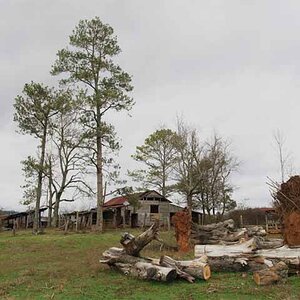invncblsonic143
TPF Noob!
- Joined
- Mar 27, 2011
- Messages
- 90
- Reaction score
- 0
- Location
- jersey
- Can others edit my Photos
- Photos OK to edit
I hace been trying to play with the bodyscape concept and cant seem to get it even close with a single light source what am i doing wrong? Where should the light be? And of i do what the camera tells me to do as far as metering it lights up the whole frame instead of the outline of the female body ....any tricks?



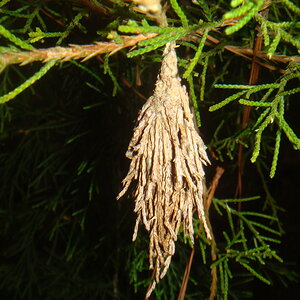
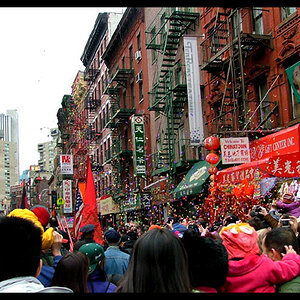

![[No title]](/data/xfmg/thumbnail/32/32433-abebb6cea0cf29d5f27d9054c7b0664e.jpg?1619735443)

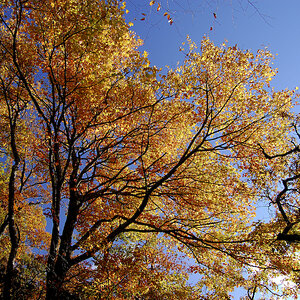
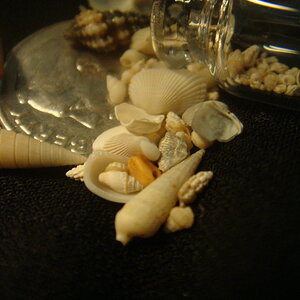
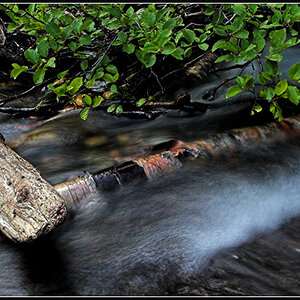
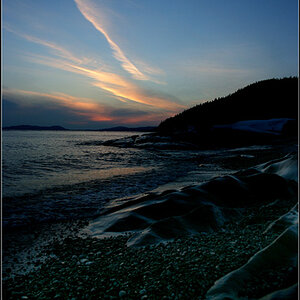

![[No title]](/data/xfmg/thumbnail/39/39447-6e7679723d775935851f055bae9712ba.jpg?1619739036)
